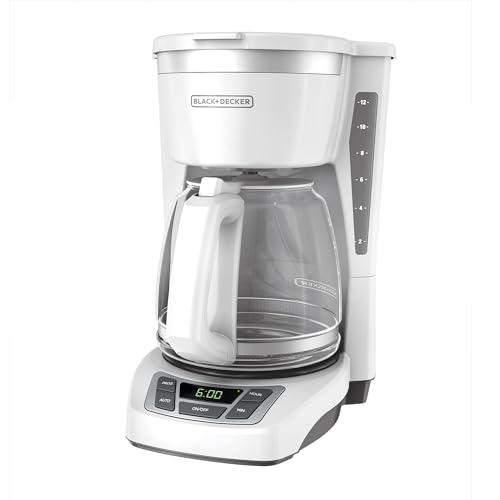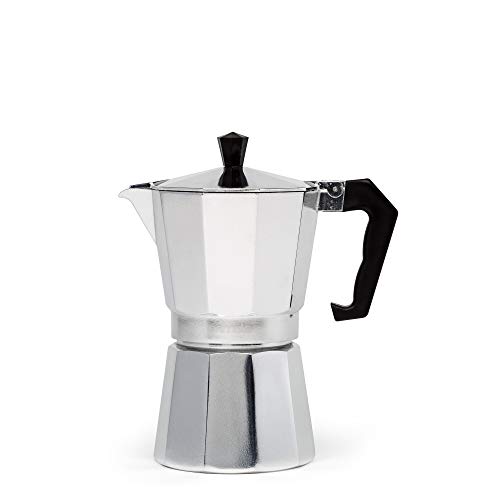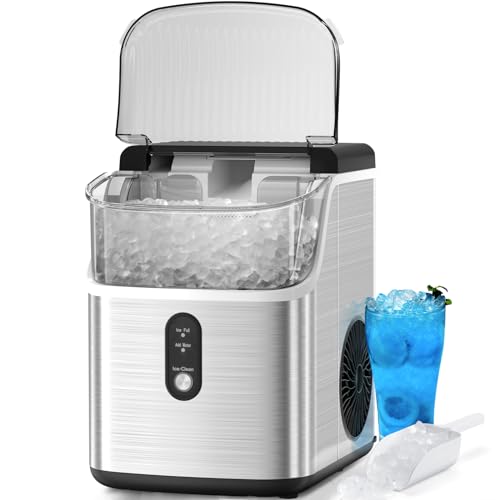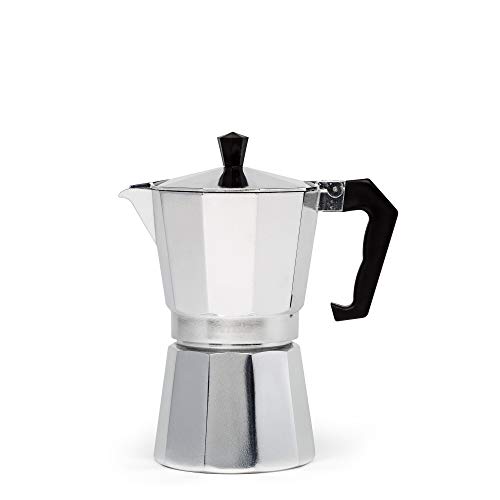Do You Have To Peel Fruit Before Juicing?
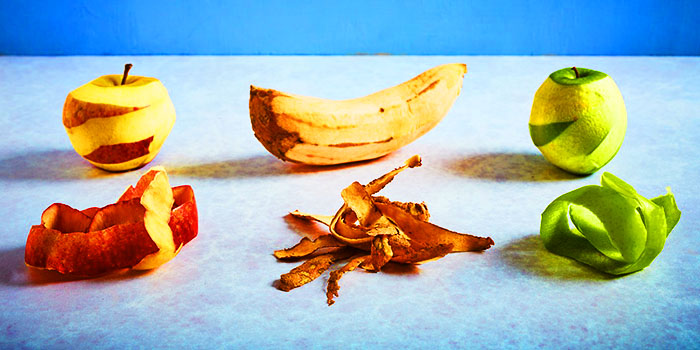
Juicing is a great way to add more fruits and vegetables to your diet, but do you have to peel them before juicing? Some think peeling fruit or vegetable helps eliminate any pesticides or dirt on the surface. In contrast, others believe that the nutrients and antioxidants are in the skin, and peeling them away will reduce the juice’s nutritional value. So, what’s the verdict? Should you peel your fruits and vegetables before juicing? Let’s take a look.
Do You Have To Peel Fruit Before Juicing?
If you’re using a juicer, you don’t necessarily have to peel the fruit first—but it often makes juicing easier, especially with citrus fruits. And, of course, if you’re eating the fruit whole, you’ll want to peel it first. So here’s a quick guide to peeling fruit for juicing:
Citrus fruits: You can juice citrus fruits with or without their peels, but we recommend peeling them first. The peel of citrus fruits contains essential oils that can make your juice taste bitter. If you do choose to leave the peel on, be sure to wash the fruit thoroughly first.

Soft fruits: Soft fruits like berries don’t need to be peeled before juicing. Just give them a quick rinse, and you’re good to go.
Stone fruits: Stone fruits like apricots, peaches, and plums should be peeled before juicing. The skin of these fruits can make your juice taste bitter.
Pomegranate: To juice a pomegranate, cut it in half and then use a spoon to scoop out the seeds. You don’t need to peel the fruit first—just make sure to remove all the seeds before juicing.
If you’re not sure whether or not to peel a particular fruit, err on the side of caution and peel it first. It’s always better to have a slightly less flavorful juice than one that’s too bitter to drink. Cheers!
What About Pesticides And Dirt?
If you’re worried about pesticides or dirt on your fruits and vegetables, washing them thoroughly with water and mild soap before juicing is the best way to remove them. This will help to remove any surface contaminants.
However, it’s important to note that most pesticides do not harm human health unless ingested in large quantities. So, even if there are traces of pesticides on your fruits and vegetables, they’re unlikely to cause any harm if you only consume them in small amounts through juicing.
What Are The Benefits Of The Peeling Of The Fruit?
The fruit’s peel is rich in antioxidants and vitamins that can help protect the skin from damage, improve skin tone and texture, and reduce the appearance of wrinkles. Antioxidants are substances that scavenge harmful toxins and byproducts that can damage cells, and vitamin C is a powerful antioxidant that can help to repair damage caused by free radicals. The peel also contains other nutrients such as potassium, which can help to hydrate and nourish the skin.
When applied topically, the nutrients in the peel can penetrate deep into the skin to provide these benefits. The antioxidants, in particular, can help neutralize free radicals that can cause premature skin aging. Vitamin C can also stimulate collagen production, which helps to keep the skin looking firm and youthful. The peel can also help to exfoliate the skin, removing dead skin cells and revealing new, healthy skin cells underneath.
Fruit peel is an excellent natural ingredient that can improve your skin’s health and appearance. If you want a way to achieve radiant, youthful-looking skin, consider incorporating the fruit’s peel into your skincare routine.
What Vegetables Should Not Be Juiced?
While most fruits and vegetables can be juiced, a few are best avoided. These include:
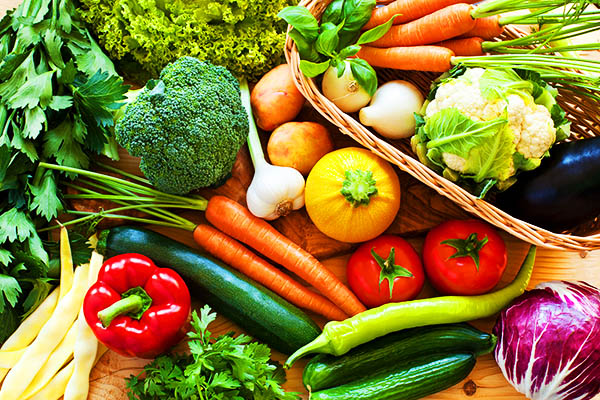
Asparagus: While asparagus juice may sound like a healthy option, it contains high levels of oxalic acid, which can harm your kidneys.
Rhubarb: Like asparagus, rhubarb contains high levels of oxalic acid and should therefore be avoided.
Spinach: Spinach is a nutrient-rich leafy green, but it also contains oxalates, which can bind to calcium and other minerals in your body and lead to kidney stones.
Beet greens: Beet greens are the leaves of the beetroot plant, and, like spinach, they contain high levels of oxalates.
Chard: Chard is another leafy green vegetable that contains oxalates and should be avoided.
Kale: Kale is a nutrient-rich leafy green, but it also contains goitrogens, which can interfere with thyroid function.
If you have any concerns about juicing certain fruits or vegetables, you should speak to a healthcare professional before including them in your juice.
FAQs
Can you juice cucumbers with the skin on?

Cucumbers can be juiced with or without the skin. If you choose to leave the skin on, make sure you wash the cucumber thoroughly first.
Can I juice pineapple with the skin on?
Pineapple skin is edible and can be juiced, but some people prefer to peel it first. If you choose to juice pineapple with the skin on it, wash the fruit thoroughly first. Pineapple skin also contains a lot of fiber, so you may want to strain the juice if you don’t want the pulp.
Is it better to peel apples before juicing?
There is no need to peel apples before juicing them. The apple’s skin contains important nutrients, such as fiber and antioxidants, which can benefit your health. However, if you prefer a smoother juice, you can peel the apples before juicing them.
Conclusion
In this post, we looked at the science behind juicing and whether or not you have to peel fruit before juicing it. We found that peeling is not necessary but can sometimes be beneficial. If you’re looking to get the most nutrients out of your fruits and vegetables, peeling may help with that. However, if time is of the essence, or you don’t mind a little extra fiber in your juice, feel free to skip the peeling step! Come to PhoenixLandingBar for more cool things. Thanks for reading!

